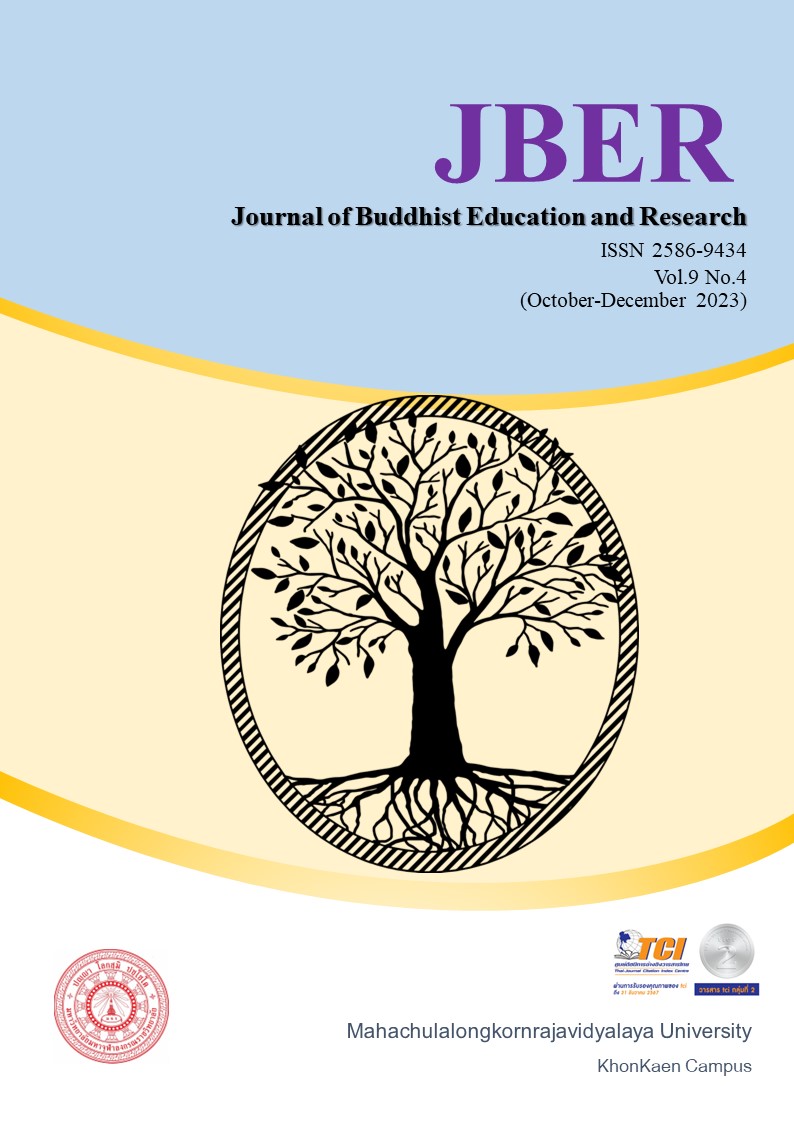INVESTIGATING THE GENERAL ENGLISH VOCABULARY LEVEL OF VOCATIONAL COLLEGE STUDENTS IN CHINA UNDER CSE STANDARD
Keywords:
English vocabulary level, Vocational college studentsAbstract
This study employed a quantitative method using the English Vocabulary Size Test (Schmitt & Clapham, 2001) and Word Association Test (Read, 2014) to investigate vocational college students’ English Vocabulary levels in breadth and depth, hoping to find out the long-living problems existing in English learning and teaching in China’s vocational colleges. The main findings are that vocational college students’ vocabulary breadth remains at approximately 2500 words, failing up to the requirements of CSE (2018) as prescribed. 2) Their vocabulary depth is much lower than the vocabulary size, far short of the required level.
References
Barrow, J., Nakanishi, Y., and Ishino, H. (2017). Assessing Japanese college students' vocabulary knowledge with a self-checking familiarity survey. A system, 27(2), 223-247.
Benson, P. (2011). Teaching and researching autonomy in language learning. Harlow, England: Longman.
Benson, P. (2016). Autonomy in language teaching and learning. Language Teaching, 40, 21-40.
Chamot, A. U. (2016). A Study of Learning Strategies in Foreign Language Instruction. First Year Report.
Cheng, A., and Wang, Q. (2018). English language teaching in higher education in China: A historical and social overview: Perspectives on teaching and learning English literacy in China (Vol. 3). Dordrecht: Springer.
Cohen, A. D. (2017). The use of verbal and imagery mnemonics in second language vocabulary learning. Studies in Second Language Acquisition, 9, 43-62.
Dickinson, L. (2010). Autonomy and motivation: A literature review. A system, 23(2), 165-174.
Foley, J. A. (2019). Adapting CEFR for English language education in ASEAN, Japan, and China. The New English Teacher, 13(2), 101-117.
GF0018-2018, National Language Standard: China’s Standards of English Language Ability[S].
Hilton, H. (2019). The link between vocabulary knowledge and spoken L2 fluency. Language Learning Journal, 36(2), 153-166.
Holec, H. (2021). Autonomy and foreign language learning. Oxford, England: Pergamon.
Holec, H. (2021). Autonomy and self-directed learning: Present fields of application. Strasbourg, France: Council of Europe.
Illes, E. (2019). Learner autonomy revisited. ELT Journal, 66(4), 505-513.
Jiang, C. (2019). A Preliminary study on the promoting Effect of China English Proficiency Scale on English Teaching in Higher vocational Colleges. Vocational Technology, 18 (1): 65-68.
Jiang, X. and Guo Z. (2010). A study of Chinese character learning strategies by beginning level international students.4. 10–17.
Littlewood, W. (1999). Defining and developing autonomy in East Asian contexts. Applied Linguistics, 20(1), 71-94.
Lv, W. (2014). An experimental study on memorizing difficult words in English. Foreign Language Teaching and Research (5), 362-367.
Nation, I. S. P. (2001). Learning vocabulary in another language. UK: Cambridge University Press.
Oxford, R. (2011). Teaching and researching language learning strategies. London, England: Pearson Education.
Oxford, R. L. (1989). Use of language learning strategies: A synthesis of studies with implications for strategy training. A system, 17(2), 235-247.
Qian, D. D. (1999). Assessing the roles of depth and breadth of vocabulary knowledge in reading comprehension. Canadian Modern Language Review, 56(2), 282-308.





